My enameled Dutch oven is my favorite cooking tool. But only since I graduated from my 20s. The impatient, impulsive, careless me and the Dutch oven were not compatible. I had a date to meet, a show to see, a new bar to check out…and you, Dutch oven, wanted me to stay home all night while you slow-simmered away? No thanks.
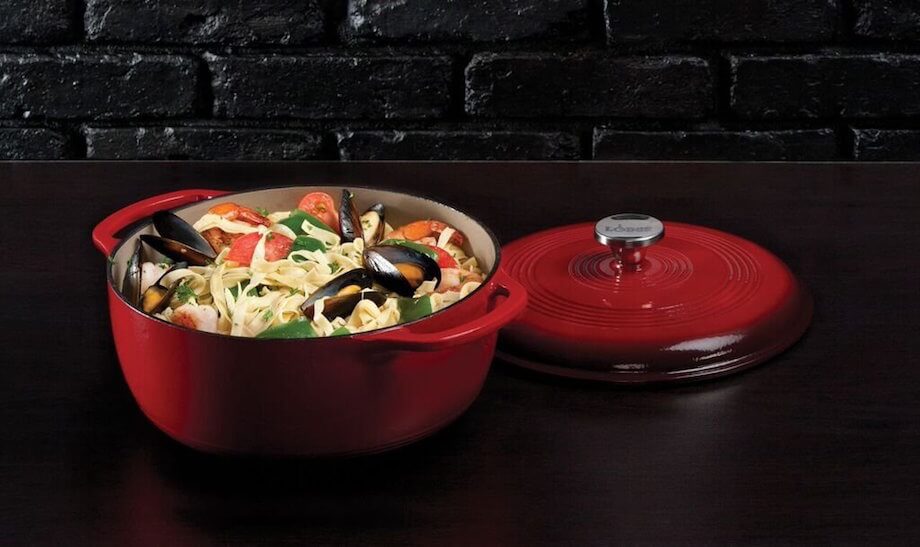
Now, taking the three hours to prep, cook, and clean up after an amazing beef stew in a Dutch oven is my idea of a wildly-thrilling evening. Happily married and well past my 20s, mindful acts bring me more satisfaction than impulsive ones.
Maybe you too—whatever your age—are ready to spend $60-$400 for a new pot and embrace the fulfilling act of cast iron Dutch oven cooking. I am here to show you the way.
Menu
Benefits of Cooking In Cast Iron Dutch Ovens
Why cook in cast iron Dutch ovens? Most of the benefits have to do with the material that traditional Dutch ovens are made from—cast-iron. Let’s look at a few scenarios and see how a cast-iron Dutch oven performs compared to the aluminum, non-stick coated pot many beginning cooks own.
Cooking Goal: Deep-Frying
Cast Iron Dutch Ovens
The heat-retention properties of iron will help you keep the oil a steady temperature. The batter will crisp, and the food will cook through.
Non-Stick Aluminum Pots
The oil will heat up, but then will overheat unless you turn the heating element down…at which point the oil temperature will drop. You’ll likely burn your batter and leave the food raw.
Cooking Goal: Browning Meat On The Stove
Cast Iron Dutch Ovens
Meat browns relatively evenly.
Non-Stick Aluminum Pots
Thin aluminum surface gets too hot, oil smokes and goes off-flavor, meat burns.
Cooking Goal: Roasting Meat In The Oven
Cast Iron Dutch Ovens
Meat cooks evenly thanks to heat on all sides, achieves key Maillard reaction temperatures.
Non-Stick Aluminum Pots
Non-stick coating melts and sends out noxious fumes, turning food into toxic poison.
Cooking Goal: Baking Over A Campfire
Cast Iron Dutch Ovens
Delicious biscuits just like on the old ranch.
Non-Stick Aluminum Pots
The pot would melt.
As you can see, cast iron Dutch ovens get some obvious wins. Let’s see why.
Outstanding Heat Retention
Iron takes a while to heat up, but once it does it retains heat very well. An aluminum pot heats up faster—which is why I keep one around for when I want to boil water for dry pasta or corn—but something like oil will get too hot, too fast. For this reason, browning meat evenly in an aluminum pan is almost impossible.
Move Between Oven and Stove
Cast-iron Dutch ovens are designed for the stovetop and the oven. This means that you can start something like a stew or a soup on the stove—browning the meat, simmering the veggies, tossing in the spices—allowing a “fond,” a delicious layer of seasoning, to build up on the bottom of the pan. When you put it in the oven, that flavorful fond is intact.
When you make the same meal using non-oven-safe cookware, you have to do the browning/sauteeing on the stove, then dump everything into a oven-safe casserole. You deprive your taste buds of so much flavor that way.
Once your food goes into the oven, the cast-iron Dutch oven really starts to pay off. Since the bottom, sides, and lid of the pot are all hot, the food is actually being cooked from all directions. This promotes further delicious browning.
Endures High Temperatures
And when I say high, I mean temperatures that typical cookware would have nightmares about. Cast-iron’s melting point is more than 2000 F, so you can safely use it to sear meat, or bake food right in your campfire.
Some Dutch ovens are designed specifically for campfire cooking. Put an aluminum pot in fire and all you’ll cook is a toxic mess.
By cooking with cast iron Dutch ovens over open flame, you’re reincarnating the cooking styles of your ancestors. For anyone born before 1900, an enclosed oven with a reliable temperature dial would’ve been an unthinkable luxury. For baking, they used cast-iron and coals, relying on years of experience and generations of wisdom rather than exact temperatures.
Can Cook Almost Anything
The Mormon Handcart Pioneers Statue in Salt Lake City includes a cast-iron Dutch oven hanging off a family’s cart. I get why it was such a prized possession. If disaster struck and I had to cram all of my possessions into a handcart to drag across the continent, I’d have my cast-iron Dutch oven riding shotgun.
It’s the one cooking item that truly can be used to cook anything. Even if you aren’t being chased across a mountain range—if you’re moving into a tiny house, or just looking to live lighter—a heavy cast-iron Dutch oven ought to come with you.
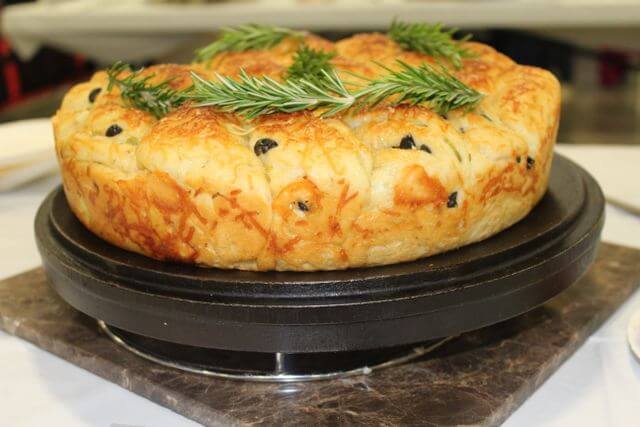
Like I said, I’ll bust out my cast-iron Dutch oven anytime. But I always use it to cook any kind of roast meat, stew, chili, or sauce. Why?
- Less waste: Saute and simmer all in one place—no wasted fat.
- Better flavor: Dutch ovens get hotter in the oven than slow cookers, so the slow-cooked food develops deeper flavor. Once I discovered this my slow cooker use shot way down—I may start using it to store beer coozies since I only bring it out every few months.
- Easier cleanup: Yes, you have to hand-wash a Dutch oven. But when you cook in it, that’s the only cooking dish you have to clean.
Types Of Cast Iron Dutch Ovens: Enameled vs. Non-Enameled
To be clear—I’m not going to be talking about the aluminum pots and other impostors you’ll sometimes see pretending under the name “Dutch oven.” These objects are not true Dutch ovens, they are soup pots with fancy names.
You have a choice when buying cast-iron Dutch ovens: enameled or non-enameled. My recommendation is this:
- Are you going to be using the Dutch oven primarily in your home kitchen? Definitely buy enameled.
- Are you are going to be using the Dutch oven primarily for outdoor cooking? Definitely buy non-enameled.
Enameled Dutch Ovens Are Best For Kitchen Cooking
Cast-iron is unforgiving when it comes to rust. It only takes one slip-up—just one night when you’re too exhausted to clean up—and you’ll wake up to find your gleaming black non-enameled cast-iron turned into a petri dish for rust. I know, I’ve done it.
Enameled cast iron Dutch ovens cut you more slack. The porcelain enamel protects the iron from rust, without losing any of the heat retention qualities of cast-iron. I wouldn’t leave mine full of water for a week, but I also know that I can leave a puddle of uneaten soup in there overnight without a giving myself a refurbishing job.
The enamel also gives the pot a little bit of non-stick protection. It’s not teflon, but it will mostly keep foods moving around. Non-enameled Dutch ovens are seasoned to prevent sticking, but this isn’t as effective as the enamel. You will spend an unpleasant evening scraping out your non-enameled Dutch oven if you make a mistake and burn something.
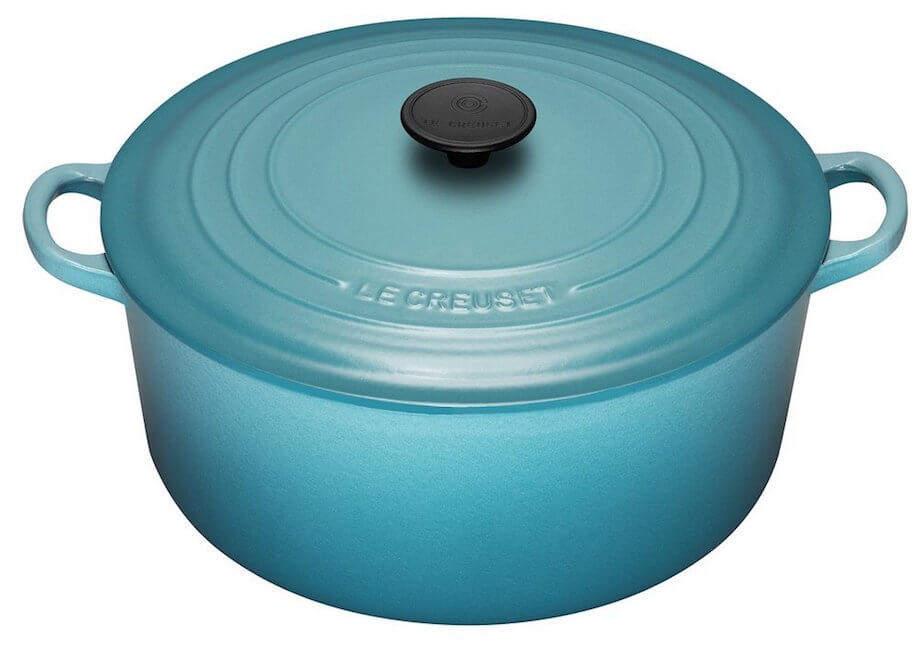
Just like the coating on your non-stick pans, the enamel on your Dutch oven is prone to scratching. Always use wooden or silicone utensils when cooking in your enameled Dutch oven—never metal ones, which will scrape the enamel.
Non-Enameled Cast Iron Dutch Ovens Are Best For Outdoor Cooking
Go for non-enameled if you’re going to be cooking outdoors. You’ll probably be subjecting your pot to extreme temperatures, which could melt the enamel and make the pot completely unusable. And making time for clean-up shouldn’t be a problem—when you’re camping chores like that are part of the rhythm of the day.
Cast-iron Dutch ovens for camping are also sometimes called “camp ovens.” These have some modifications specifically for cooking with coals:
- An edged lid, so you can put coals on top of it and they’ll stay there.
- Little legs on the bottom, so you can put it directly over—but not directly on—the coals.
- A thin handle for hanging on a cooking tripod.
Cast Iron Dutch Oven Maintenance
Seasoning Cast Iron Dutch Ovens
The “seasoning” of a Dutch oven is the process of baking oil into the iron at high heat to build up a layer of protection against rust. You only have to season non-enameled pans.
Until the 1990s, cast iron Dutch ovens were sold unseasoned. This appealed to old-timers who liked seasoning their pans themselves, but for most people, it was a confusing start to cast-iron ownership. Now, nearly every cast-iron product is sold pre-seasoned—which has been a difficult transition for cast-iron purists.
That doesn’t mean you’re off the hook. If you buy an unseasoned cast-iron Dutch oven, you’ll probably have to season it at some point, either because you use it so much the seasoning wears off in places, or because you mess up and let it rust a bit.
Seasoning is pretty simple: You rub oil into the iron and bake the hell out of it. Because you’re essentially baking oil, you’ll throw off a lot of smoke. In the Good Eats he did about Dutch ovens, Alton Brown recommends seasoning cast-iron on the grill.
When I re-seasoned a non-enamel cast-iron Dutch oven I’d allowed to rust, it took five or six rounds of rust scrubbing and seasoning to get it back into shape. Everything with cast-iron is a little slower—but I like it that way.
Cleaning A Dutch Oven
Cleaning any cast-iron pan is a little tricky, just because they weigh so much. They also suffer from the weight of mythology—specifically, the myth that you should never clean them with soap.
For years I followed this false God, using only hot water on my cast-iron. Removing caked-on food meant boiling water, pouring it into the pot, and scalding my fingers as I scraped away at the offending morsels. Happily, I came across J. Kenji Lopez-Alt’s myth-busting post about cast-iron. He explains that soap does not weaken a cast-iron pan’s seasoning, and in the process saved my fingers from torture.
You do need to take a few precautions, though. When cleaning enameled cast-iron, always use nylon sponges and plastic scrapers—never metal or steel wool, which would scratch off the enamel.
When cleaning non-enameled cast-iron, moisture is your enemy. Never, ever let cast-iron soak in water, that’s an gold-stamped invitation to the rust monster. Clean it with hot water and soap, then dry it thoroughly and give it a light coating of oil. I wipe mine dry with a paper towel, then spray it with Pam.
Deep-Cleaning A Rusty Dutch Oven
If your Dutch oven has a little rust, don’t panic. Rust is easy to deal with—it just takes a little time. What you need to do is wash the rust off the best you can, then bake a nice little layer of oil on top of it. When my cast-iron skillet lid showed a little rust, I used this heating/oiling/cooling method from Noel Christmas at Allrecipes. Took a few rounds to disappear the rust, but after an hour or so my lid was as good as new and hasn’t showed any signs of rust since.
A truly beaten-up cast-iron pan may require more drastic method. Cast-iron collectors refurbish classic pans by hooking a tub of water up to a car battery—performing electroshock therapy on the rust. I’d be too afraid of electrocuting a thirsty neighborhood cat, but it does really work—this guy reclaimed an 1870s muffin pan:
Cast-Iron Dutch Oven Brands
Lodge
Lodge has been making cast-iron cookware since 1896. In 1991 they started selling pre-seasoned cast-iron, a move that dismayed purists but made cast-iron cooking much easier and eventually became an industry standard. All their non-enameled cast-iron products are forged at their foundry, which is in South Pittsburg, Tennessee, as it has been for more than 100 years.
In 2005, Lodge partnered with a manufacturer in China to sell enameled cast-iron Dutch ovens. They’ve been a runaway success, offering enameled cast-iron at an affordable price. I own a Lodge Dutch oven.
Tramontina
This Brazilian manufacturer makes a variety of cookware products, including enameled cast-iron Dutch ovens. Their version sells for around the same price as Lodge’s enameled cast-iron Dutch ovens, and seem to be of a similar quality. I’ve never used one, but Emma Christensen of The Kitchn loves hers—and has good things to say about Tramontina’s customer service.
Cuisinart
Another large kitchenware manufacturer that also sells enameled cast-iron. Their product got high marks in this SweetHome review.
Le Creuset
If money’s no object…Every Le Creuset enameled Dutch oven is cast from a unique wet sand molding, which is destroyed after use—no two Le Creuset pots are exactly the same. The lids are hand-finished, and every pot is inspected by at least 15 craftsmen for quality before leaving the company’s factory in France, according to this photo essay by The Guardian.
Le Creuset Dutch ovens sell for around $300, around six times the cost of a Lodge or Tramontina Dutch oven. You’re paying a premium for the company’s old school style of manufacturing. Really, this is like choosing a Rolex over a Casio—if you value uniqueness and craftsmanship, by all means choose Le Creuset. Some folks collect them.
Staub
Like Le Creuset, Staub manufactures high-end cookware from a factory in France. The Staub’s have a slightly more pre-war look to me, but I’m no interior decorator. Commenters on Chowhound have debated the differences between the two.
Griswold
You won’t be finding Griswold cast-iron Dutch ovens on any store shelves unless you’re antiquing. The once world-renowned company folded in the 1940s, but collectors still prize Dutch ovens with the recognizable Griswold cross logo. Some go for as high as $700.
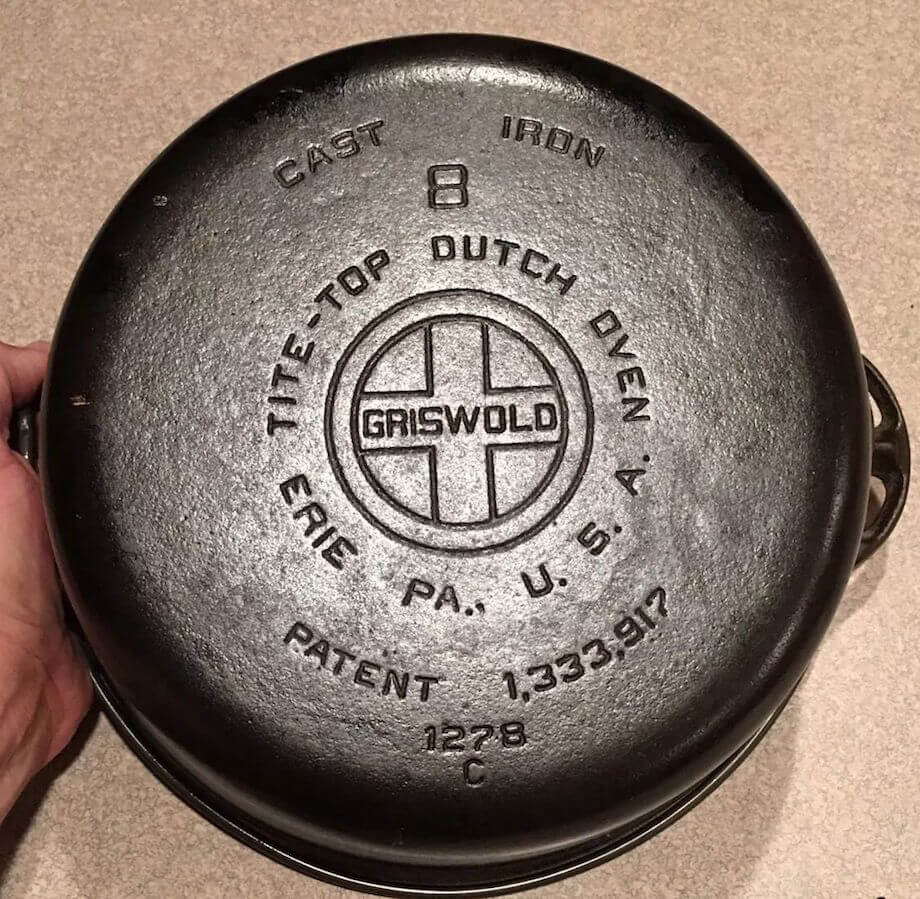
Cast Iron Dutch Ovens: Sizes and Styles
The most popular Dutch oven size is the six-quart. That’s the one I have. The only times I’ve cooked up to the rim have been making big batches of soup—but I should probably be using a thinner aluminum pan for soup anyway.
A six-quart Dutch oven weighs about 16 pounds, which isn’t hard to lift, but isn’t easy to manipulate for cleaning.
When I make a batch of chili in my six-quart Dutch oven, I can make enough to feed about 12 people—which is about as many as I ever cook for, or want to. It also fits well on my standard heating element.
Lodge, the biggest cast-iron manufacturer, doesn’t make any cast-iron Dutch oven larger than 9 quarts for home use. They do make a 10-quart version for camp cooking.
If you’re looking for something smaller and cuter, you can buy miniature Dutch ovens. You can use these for baking single items, or as serving trays.
If you buy an enameled cast-iron Dutch oven, you can choose from a rainbow of colors. The American manufacturer Lodge tends to offer bold primary colors. The French manufacturer Le Creuset offers more muted tones.
Non-enameled cast-iron is iron-colored.
Cast-iron Dutch ovens come in two shapes: circular and oval. Oval Dutch ovens are traditionally used for poultry.
What To Cook In Cast Iron Dutch Ovens
Chicken In Cast Iron Dutch Ovens
My favorite chicken recipes start with browning the chicken, to crisp the skin and generate the critical Maillard reaction, then roasting it in the oven with veggies and spices so the meat absorbs that flavor while staying moist.
Before I had a cast-iron Dutch oven, I’d do these recipes by browning the chicken and sauteeing in one pan, then dumping the contents into a glass baking dish. I’d stare sadly at all the flavors left stuck on the browning pan, knowing that they’d never make it to my mouth. Because you can brown and then bake the chicken in the Dutch oven, you retain all the delicious chicken flavor. And, as it’s being cooked from all sides, it will cook faster and more evenly, too.
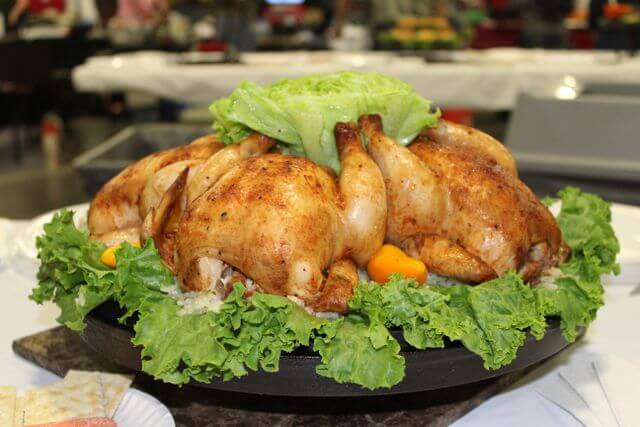
Camping Recipes In Cast Iron Dutch Ovens
Whether you want to experience a sliver of the lives of your ancestors, who cooked over open hearths, or just want biscuits while you’re camping, outdoor cooking in a Dutch oven is rewarding—and for some people, becomes an obsession.
Related Post: 20 Dutch Oven Camping Recipes For Your Next Outdoor Adventure
With a campfire and cooking coals, you can make anything in your cast-iron Dutch oven that you could at home. Most people like to use them for making baked goods—especially biscuits. But you can also make more advanced bakery items—as you can see from the dessert entries in the International Dutch Oven Society’s 2016 World Championship Cookoff.
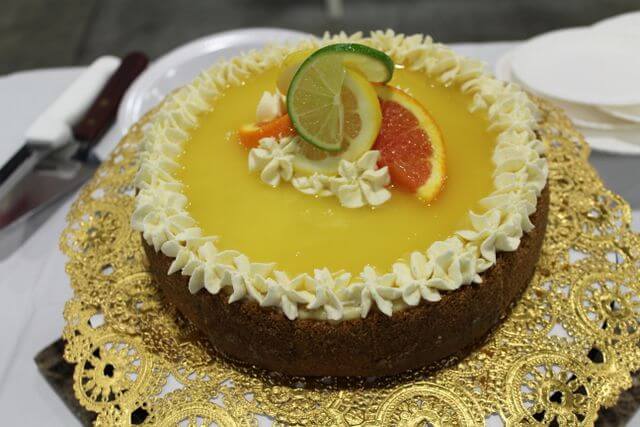
Pot Roast In A Dutch Oven
This is another dish that’s much better when you can brown the meat and roast it in the same pot. I like to surround my roast with lots of carrots, onions, celery, and potatoes. These roast up too—I like them almost as much as the meat.
Beef Stew In A Cast-Iron Dutch Oven
As J. Kenji Lopez-Alt points out in this outstanding comparison of slow cookers vs. Dutch ovens, food simmering in Dutch ovens gets up to a higher temperature, and is subject to the Maillard reaction—that browning of the surface of meat that makes it smell and taste more savory. You want this in a beef stew, and you aren’t going to get it from any other cooking pot.
Chili In A Dutch Oven
Another browned meat and vegetables dish that’s going to taste much better if you do it all in the same pot. Let the chili simmer all day over the campfire, or in your oven at around 300 F to allow that Maillard reaction to get going.
Cast-Iron Dutch Oven Life
I enjoy cast-iron Dutch oven cooking, but not as much as some people. Motivated by the chance to continue the tradition of Dutch oven cooking, aficionados of the style have formed societies, created competitions, and developed Dutch oven cooking classes.
These events are usually the passion projects of a few Dutch oven enthusiasts. If you want to get involved, the website of the International Dutch Oven Society is a good place to start.
Cast-iron Dutch oven cooking is a way to make amazing food, yes—but it’s also a form of expression. For me, prepping, chopping, and stirring something I can taste and smell, is a nice change from the more less-tactile practice of writing. For others, it’s a gateway to a new community of friends and supporters. Either way, I’m confident that if you buy and use cast-iron, you’ll get more fulfillment from it than you’d get from 100 cheap aluminum pots.

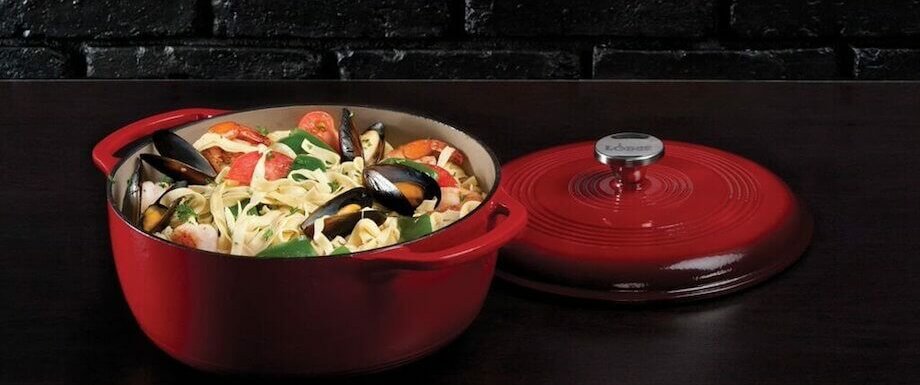
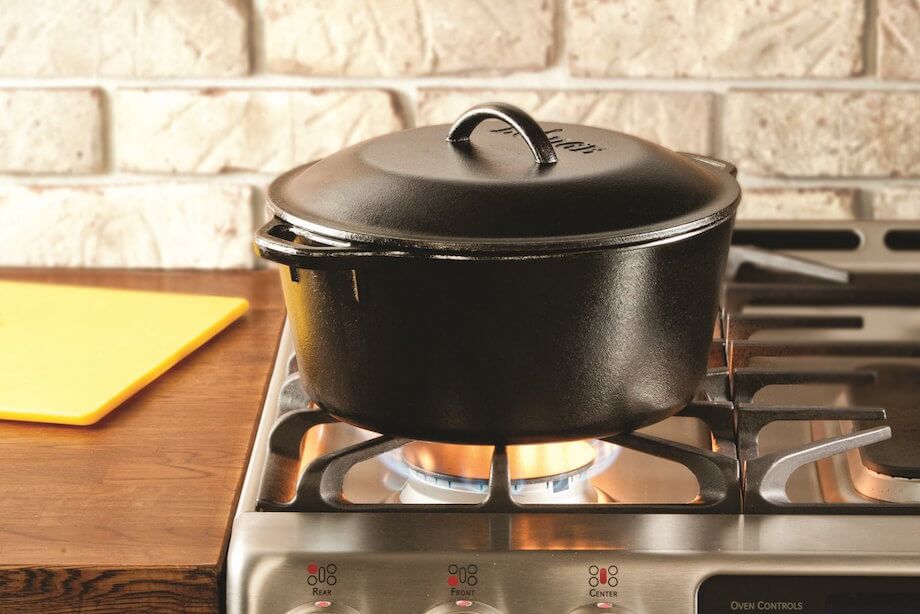
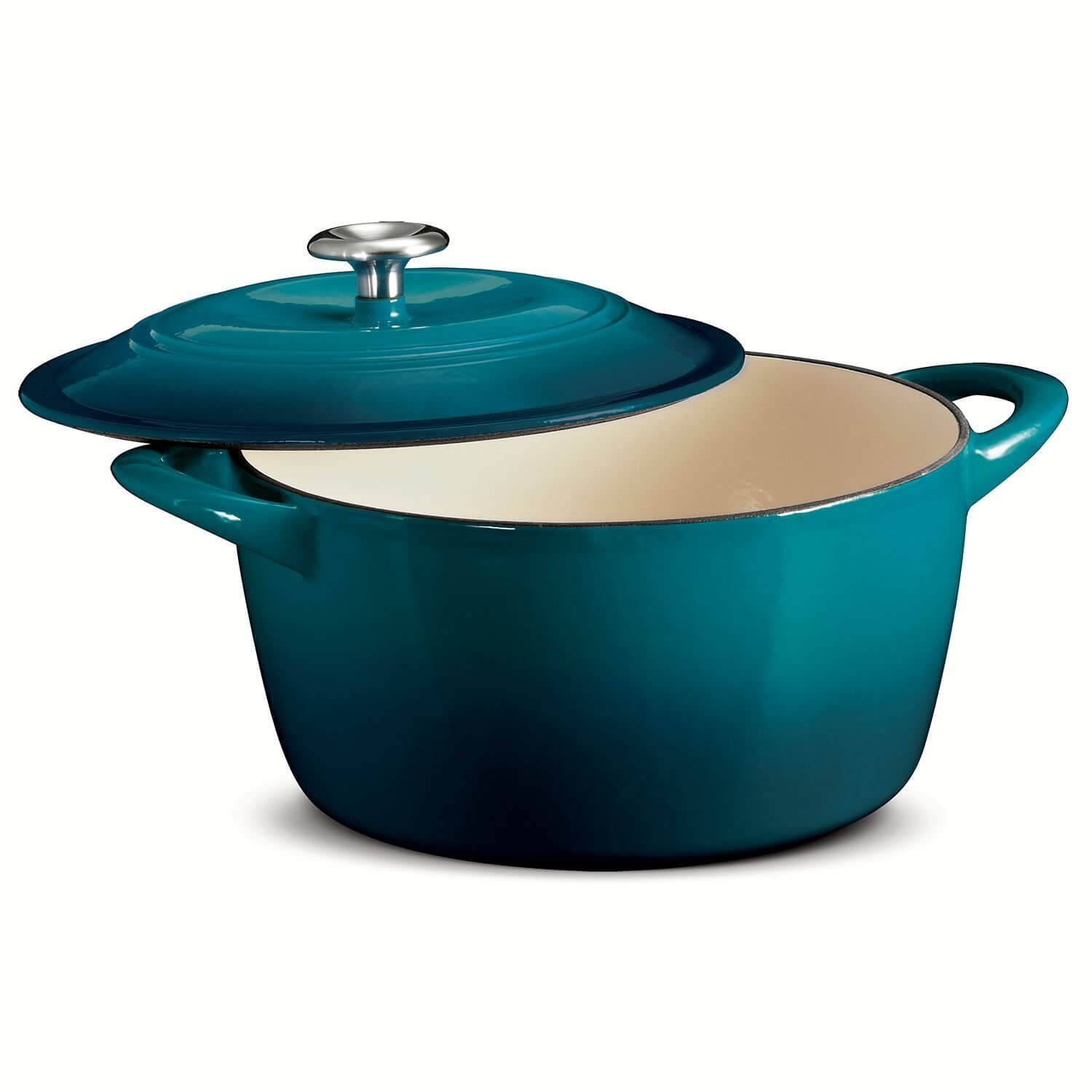

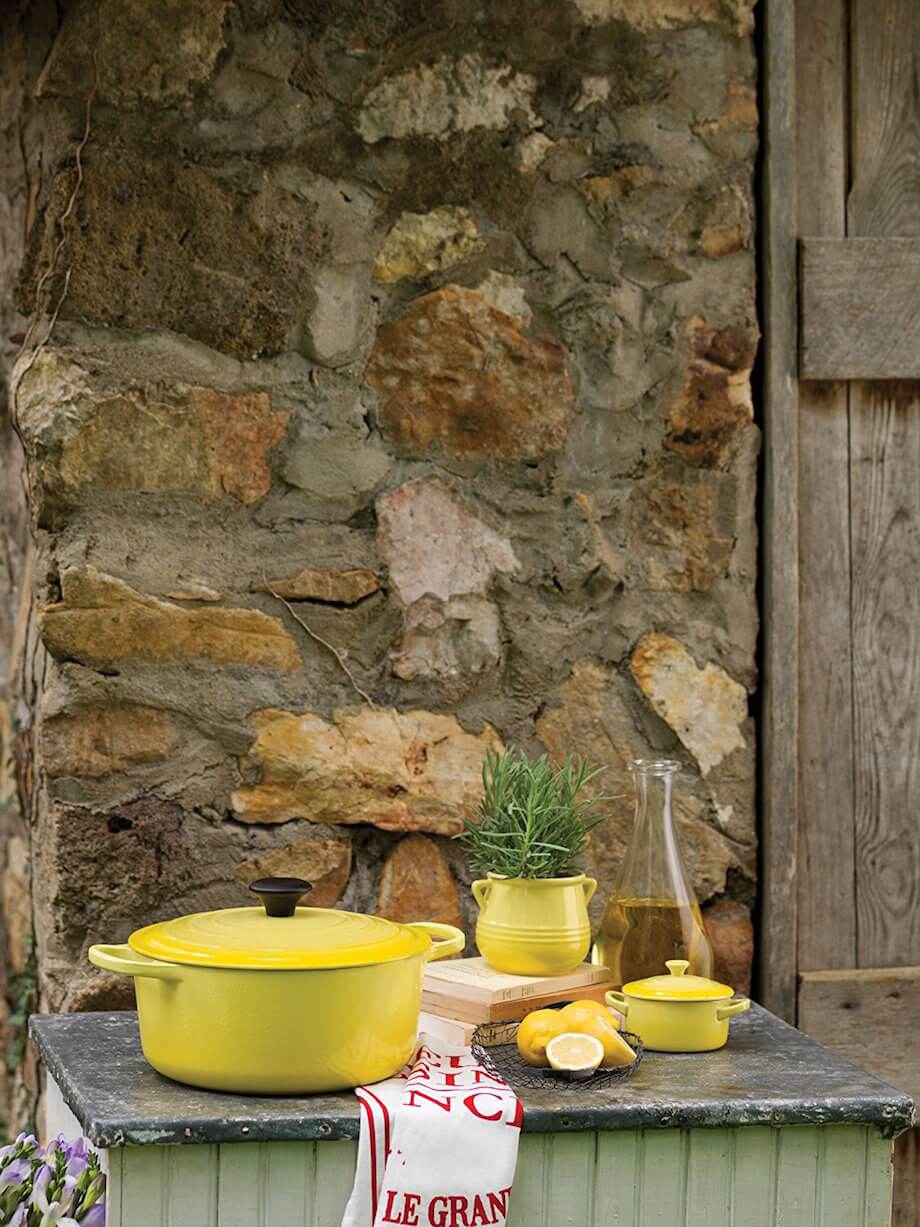
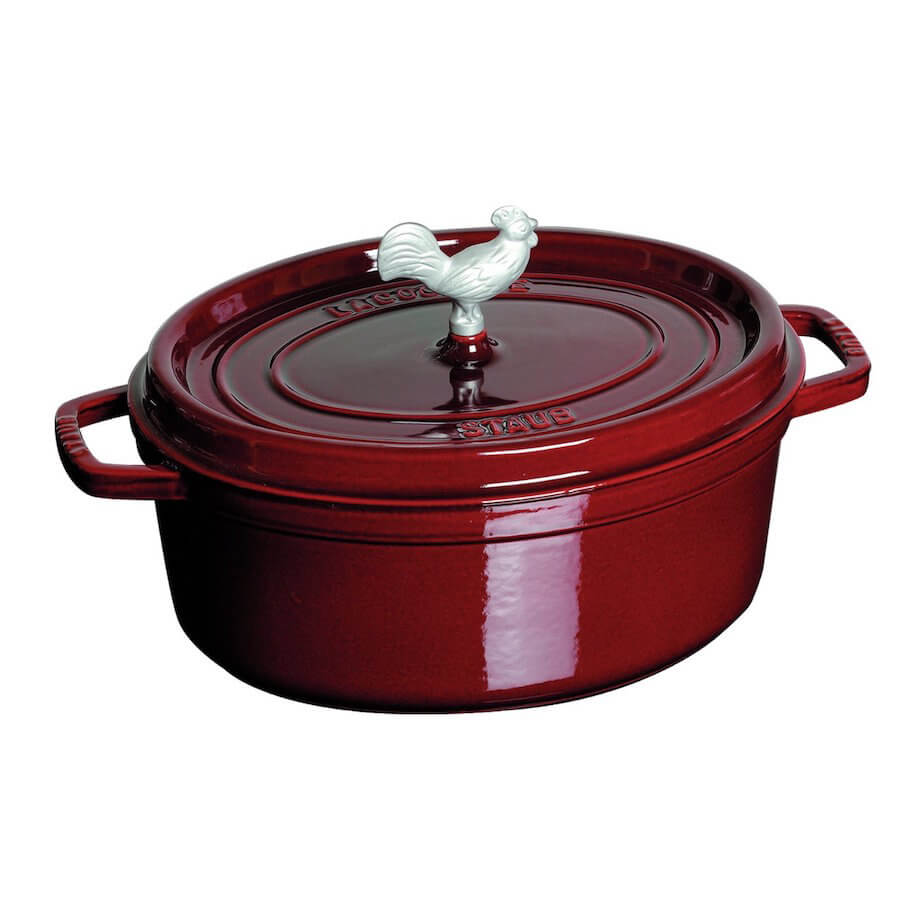

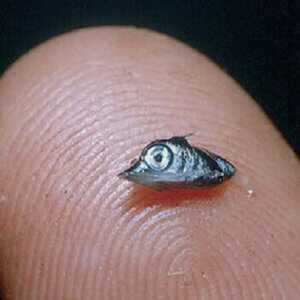


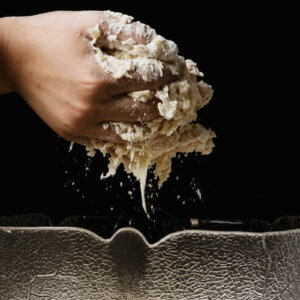
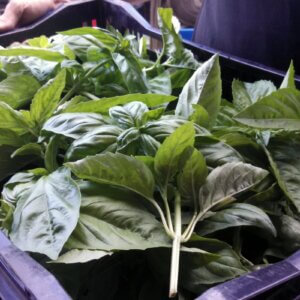


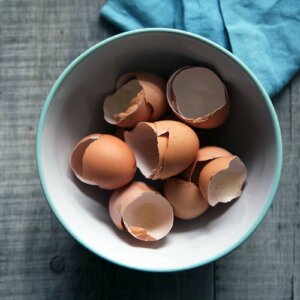
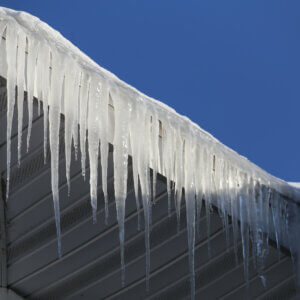






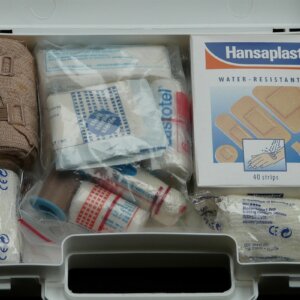

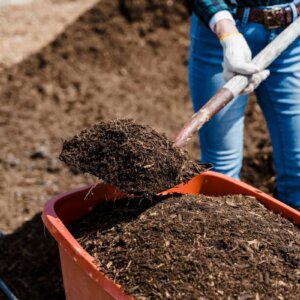

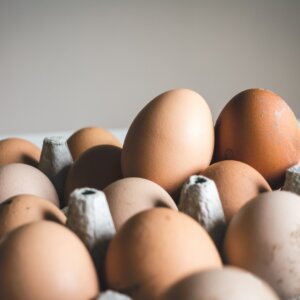





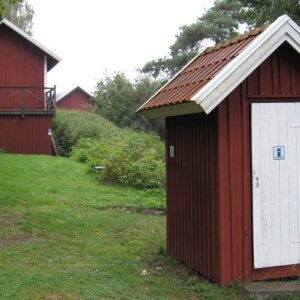
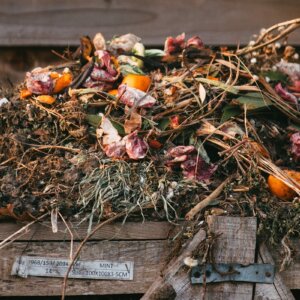

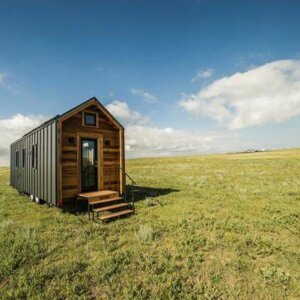


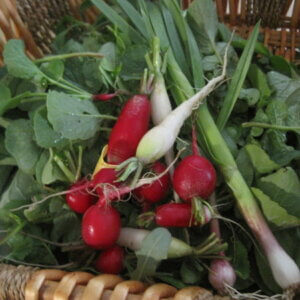

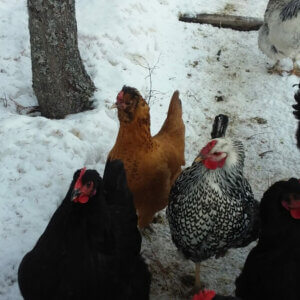



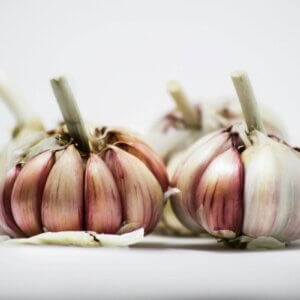

Hi Seth, really like the article and I agree that cast iron is the bee’s knees.
I currently have a cast iron skillet and Dutch oven from a UK based manufacturer and the surface of the inside of the pot is full of pits and lumps from the casting process. I’ve put 10+ coats of seasoning on it and it just isn’t filling in the holes for a smooth surface, have you had any experience of this? Would you recommend sanding down the surface with a Dremel or something?
Thanks,
Bracken
Hi Bracken — Glad you liked it! Gotta say, that’s something I’ve never experienced before. But it seems like sanding it down could work…here’s a YouTube video of a guy actually doing it. https://www.youtube.com/watch?v=xy9tpZOhkDc
Good luck — would love to see before and after pics if you end up trying it!
Great article, Seth. As for me, I can’t seem to decide whether I should get a Le Creuset ( https://goo.gl/bQbbV3 ) or a Staub ( https://www.dasallas.com/products/staub-cast-iron-4-quart-round-wide-oven-brick-red ). It’s so hard to choose between these two…